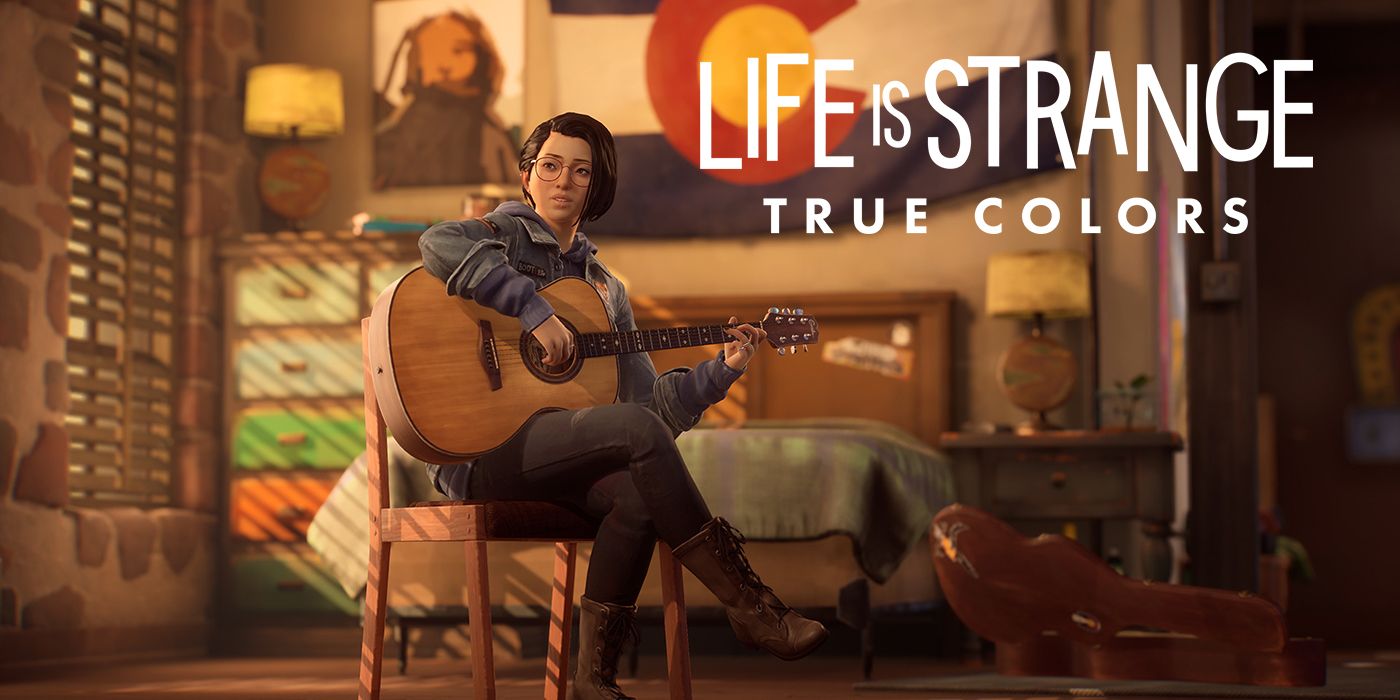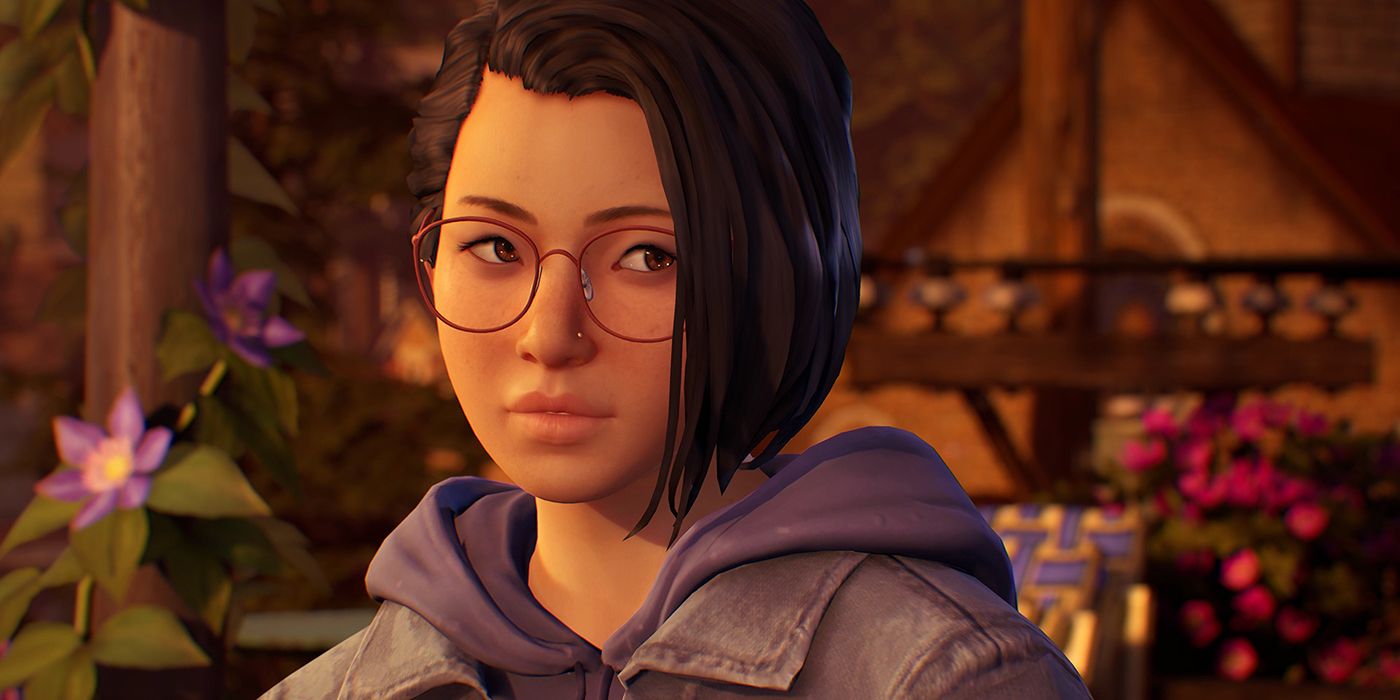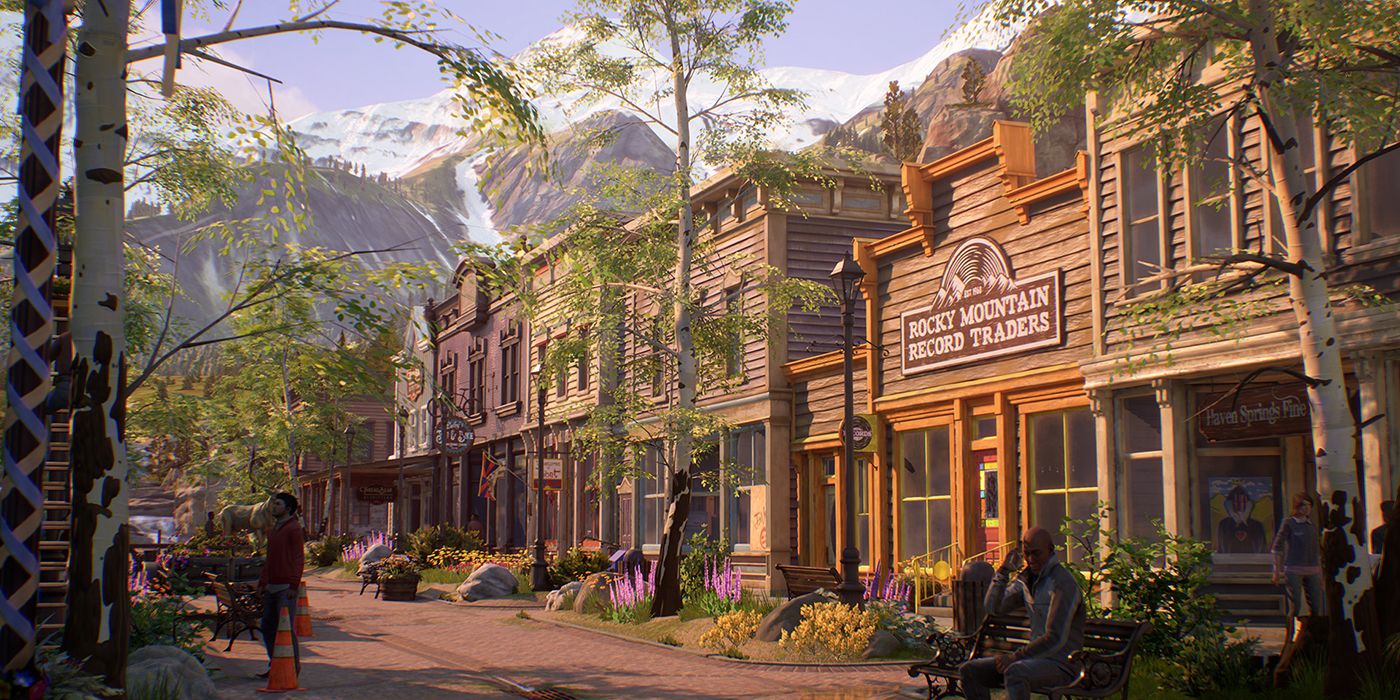Life is Strange's Visual Fidelity Has Come a Long Way | Game Rant

When the first entry released back in 2015, Life is Strange broke some ground on narrative adventure games, following in the footsteps of The Walking Dead's success. Melding a coming-of-age drama alongside a supernatural twist, Max Caulfield's intense journey of self-discovery told a gripping and emotional story. A powerful narrative that impacted many, paired with a niche but unique art style, Life is Strange clung on to a lot of players when it initially released. However, it was clear the game was very much indie-adjacent, despite being published by Square Enix. Even at the time, the animations and visual fidelity wasn't as impressive as the series has become today.
Over time, Dontnod's Tell Me Why and Twin Mirror provided the first glimpses of what higher visual fidelity might look like for its unique brand of narrative games. However, Deck Nine's upcoming iteration on the Life is Strange series emphasizes what a huge facelift the series is receiving with next-gen technology and higher production value. Where Life is Strange's initially clunky animations was largely part of its charm, Life is Strange: True Colors benefits immensely from a major overhaul in art style, engine, and animation. The visuals in True Colors, so far, emphasize how far Life is Strange has come since its humble beginnings in 2015.

What's interesting about Life is Strange, visually-speaking, is how the visual quality has subtly improved and been refined in the last few years. While the storytelling has iterated and changed in formative ways, the franchise has also made steady improvement in graphics and animation with each subsequent entry. Starting as early as Deck Nine's Before the Storm prequel, already there was a significant difference in character and environmental details, thanks to higher resolution assets. Animation quality also had a noticeable difference, but those changes were even more refined in The Awesome Adventures of Captain Spirit alongside the rest of the Life is Strange 2 saga.
Adjacent efforts by Dontnod Entertainment, outside of the Life is Strange universe, also provided hints at how the art style was evolving. With growing production values and better console hardware, Dontnod's signature water color art style had refined into something much more detail-oriented and visually stunning. Standalone adventure games Tell Me Why and Twin Mirror had shown the developer's iconic art direction was flexible enough to accommodate higher levels of detail, without sacrificing its charm.
Obviously the legacy visuals of Life is Strange still hold up surprisingly well, but the detail and animation work in comparison to later entries hasn't aged very well. That's largely part of the reason why a Life is Strange Remastered Collection is so important, but the next entry shows an even more drastic improvement in visual fidelity.

Almost immediately, Life is Strange: True Colors makes it very clear that this entry is a huge step up in visual fidelity for the franchise. Putting aside the enticing narrative hints provided by the next entry's trailer, Deck Nine's development has presumably ramped up the production quality immensely. Actors and facial motion capture is excellent, with micro-movements and actions in-engine happening with the highest level of detail the series has seen to date. Realism is clearly the focus with True Colors, now more than ever, with detailed animations and emotions captured. Compared to previous Life is Strange entries, it's clear there's a huge step up in graphical quality.
Environment detail is also a pretty clear improvement in the trailer, an aspect of previous Life is Strange games that was noticeably weaker than character detail. Even as recently as Life is Strange 2, background details and items that weren't in focus were noticeably simplified in design and graphical detail. In Life is Strange: True Colors, there's tons of different micro-details in the game's backgrounds: various knick-knacks on the walls of a bar, all sorts of different colored flowers in a garden, books and decorations on shelves, among various other minute details. Next-gen hardware is clearly influencing Life is Strange: True Colors' innovations in graphical design.
Of course, paired with the usual narrative strength of Life is Strange, True Colors could be a really huge step forward for the franchise. True Colors emphasizes a distinct maturity in its narrative this time around, aside from eschewing a teenage protagonist in favor of the adult main character Alex. Even as Life is Strange: True Colors maintains the franchise's usual vibrant sepia-tone art style, the noticeable shift in visual fidelity emphasizes what a true next-gen Life is Strange is capable of.
Life is Strange: True Colors releases on September 10, 2021, for PC, PS4, PS5, Stadia, Xbox One, and Xbox Series X/S.

Post a Comment